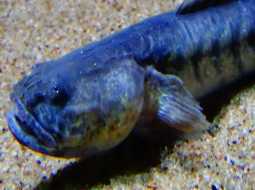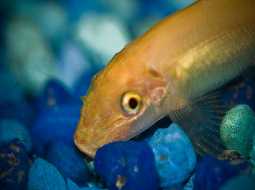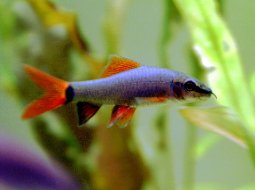
Loading Aqualapp ...
Care and Compatibility of Apple Snail - Pomacea bridgesii
Introduction
The Apple Snail is native to South America and can be found in various freshwater regions. It has a spiral-shaped shell that resembles an apple, hence its common name. Its color can vary from brown tones to yellow or green, depending on its diet and environment.
Behavior
The Apple Snail, also known as Freshwater Apple Snail, is a highly popular freshwater snail in aquariums. They are known for their ability to consume algae and leftover food in the aquarium, helping to keep it clean. They are peaceful snails that move slowly along the substrate in search of food.
Sexual Dimorphism
Sexual dimorphism in Pomacea bridgesii is minimal and difficult to distinguish. Differentiation between the sexes is more evident during breeding, when females lay eggs underwater and males fertilize them.
Reproduction
The Apple Snail is an oviparous snail, meaning it lays eggs to reproduce. However, reproduction in aquariums can be challenging as it requires specific conditions and the presence of both sexes. The eggs hatch into small offspring that eventually grow into adult snails.
Aquarium Conditions
Pomacea bridgesii, commonly known as the apple snail, requires an aquarium with clean and well-oxygenated water. It prefers a soft substrate and hardy plants, as they may feed on tender plants. It's important to ensure the aquarium is well-covered, as they can climb out of the water. Maintaining calcium levels in the water is crucial for the health of their shells.
Feeding
The Apple Snail is primarily herbivorous and feeds on algae and leftover food in the aquarium. They can also consume some vegetables like blanched spinach or zucchini. It is recommended to provide them with a balanced diet and ensure that there is enough food available for them.
Complexity
Caring for Pomacea bridgesii can be moderately challenging. They are hardy snails but can be voracious and eat plants if not provided with enough vegetable matter. They need a balanced diet and should not be overfed. They can sometimes breed in aquariums, which can lead to an excessive population if not controlled.
In case you need more help, or if you want to know into any topic related to the Pomacea bridgesii (Apple Snail) and even any other species you can use the forums to ask what you need.
To do an analysis more detailed about coexistence and behavior of Pomacea bridgesii (Apple Snail) use the Aquarium simulation tool, if you do this you can test different ways to combine the Apple Snail with other fishes giving the dimensions and space on you aquarium, on this way you can known the optimal configuration for keep the fishes that you want.
You can also find out the 144 species compatible with the Pomacea bridgesii (Apple Snail) can live together.
Note: The parameters of the water such as PH and temperature are also used to calculate the compatibility of the species.
Compatible species (144)
Compatible (100 Species)
Compatible without any restriction
Similar Sizes (8 Species)
southern platyfish alevin continuously bite and eat tentacles and snail body, when southern platyfish grow up they do not.
They can coexist if they are the same size or very similar sizes, it does not work in all cases, there may be exceptions.
With Reservation (26 Species)
Compatible in some cases, it depends on the nature and personality of the fish.
Las especies territoriales por lo general pueden convivir con especies protegidas con coraza, ya que no pueden hacerles daño por su dura piel, lo que si hay que tener en cuenta es tener un acuario con dimensiones favorables para que cada pez pueda delimitar un territorio, ya que la mayoría de peces acorazados son también peces de fondo y les gusta estar buscando lugares donde ocultarse.
Showdown over territory (9 Species)
Fish can live together as long as the space is spacious enough to delimit a territory, otherwise there may be aggressions for competing for the territory.
Los peces territoriales por lo general pueden convivir con peces protegidos con coraza, ya que no pueden hacerles daño por su dura piel, lo que si hay que tener en cuenta es tener un acuario con dimensiones favorables para que cada pez pueda delimitar un territorio, ya que la mayoría de peces acorazados son también peces de fondo y les gusta estar buscando lugares donde ocultarse.
Considerable size difference (1 Species)
They can coexist while they are similar in size or the size difference is not very abysmal, since as the fish grows it increases the chances of eating its partner that did not grow much.
Apple Snail
Pomacea bridgesii
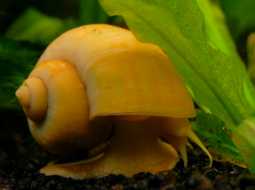
- Ph: 6.5 - 7.5
- Temperature (c°): 20 - 26
- Measures: 4 cm - 7cm
- Aquarium Capacity:
11 Liters - 3 Gallons - Alimentación: Herbivores
- Colores: Green, Orange, White, Yellow
- Comportamiento: Likes to take refuge, Peaceful
- Habitad: American
- Morfología: Cuirass or Carapace
- Preferencias del Acuario: Natural plants, Rocks
- Tamaño: Small
- Taxonomía: Asian, Snail
- Tipo de Agua: Sweet water, Tropical waters
- Velocidad de nado o movimiento: Slow
- Zona de Nado: Aquarium background


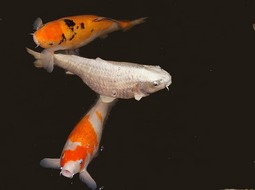
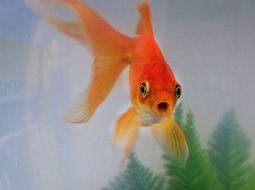
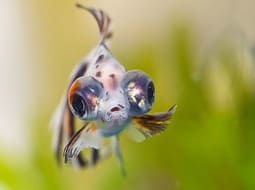
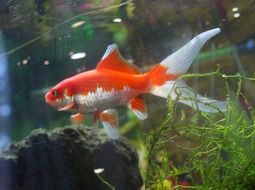
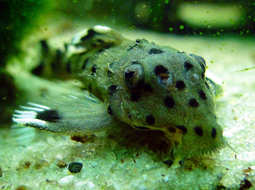

.jpg)

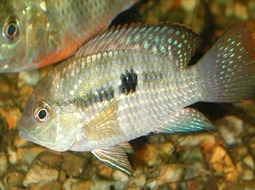

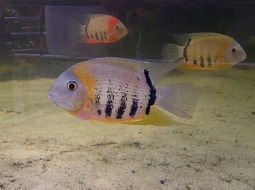
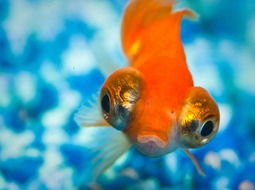

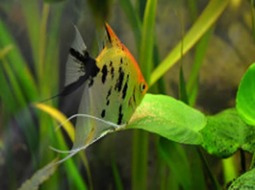


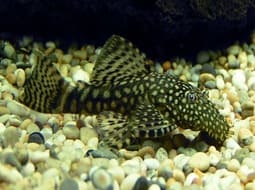
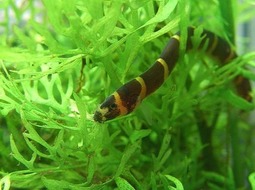
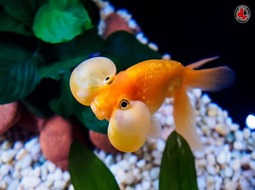
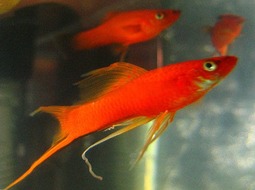
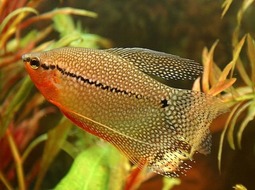
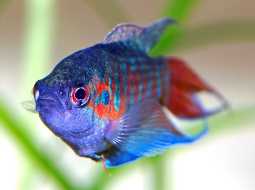


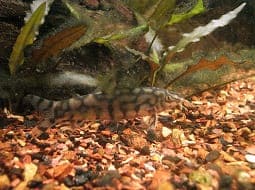

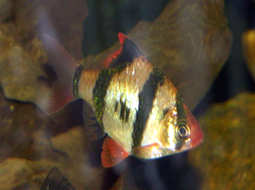
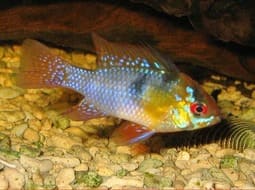
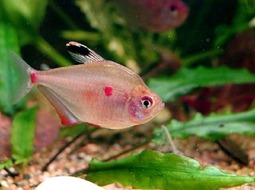


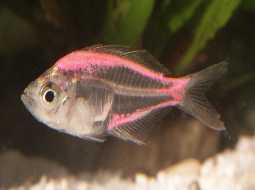
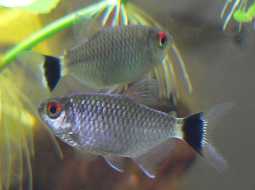
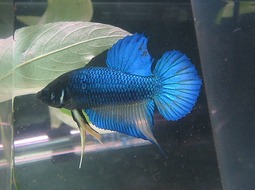
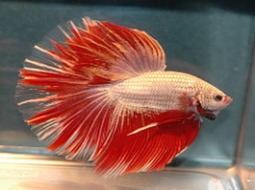

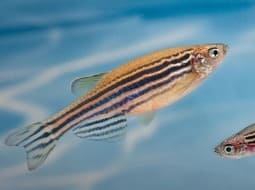
.jpg)
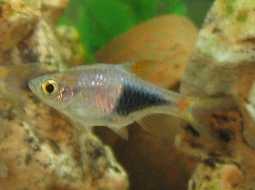

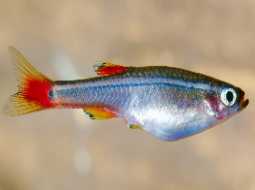
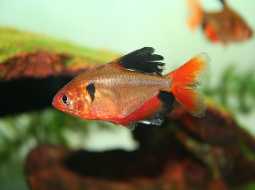
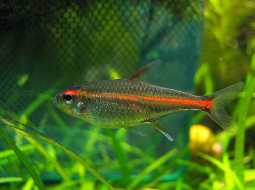
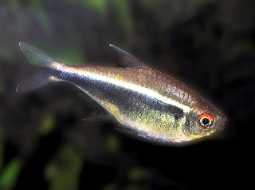
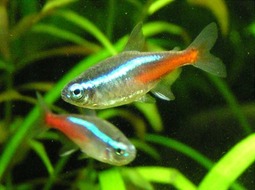
.jpg)
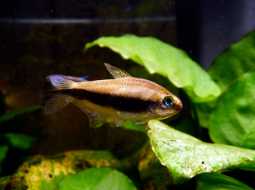
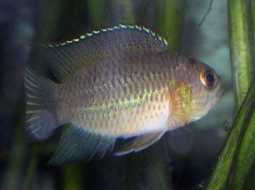




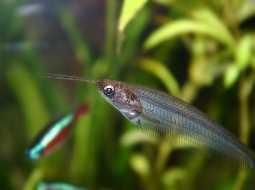
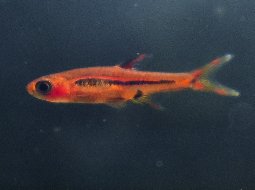
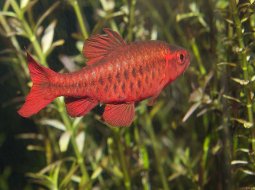


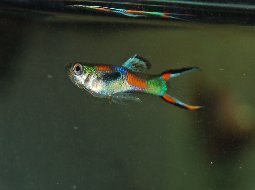

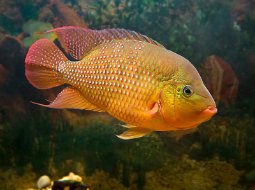
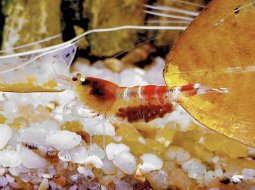

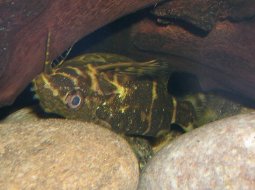
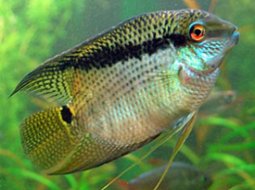
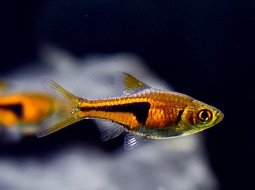

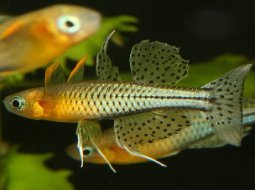

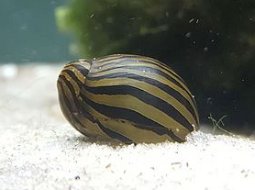


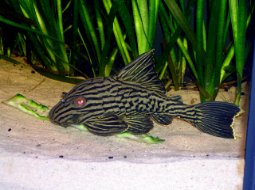

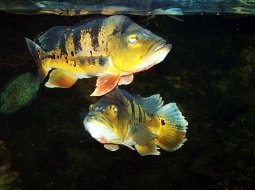
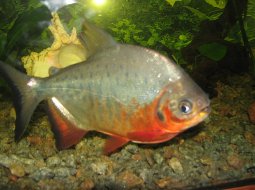
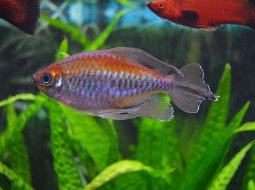

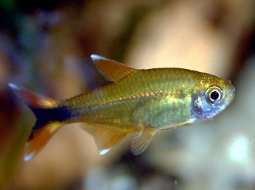
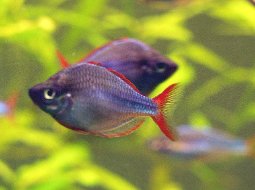

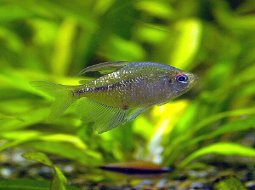


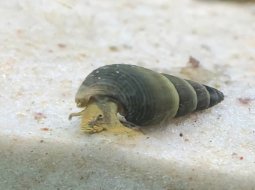
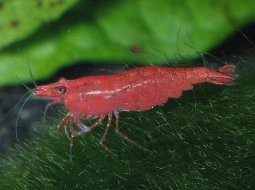
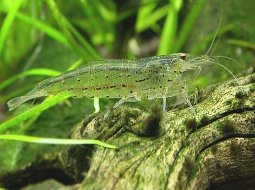
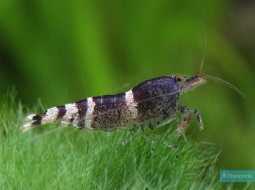

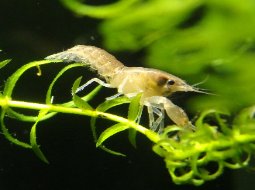
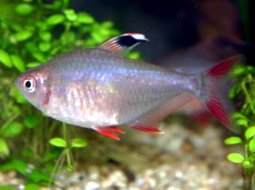

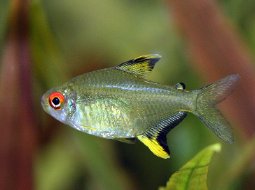
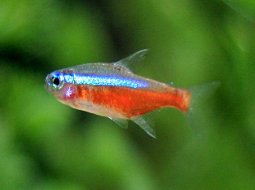
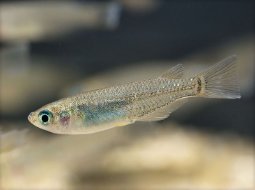
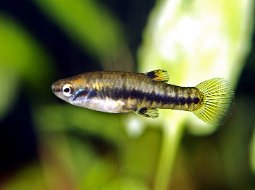
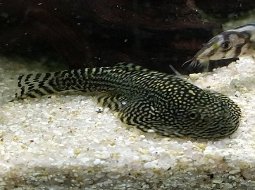
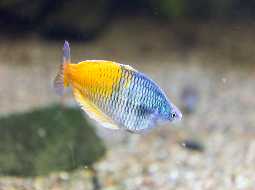
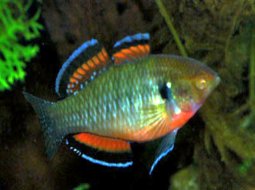




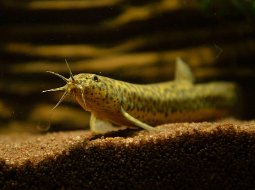
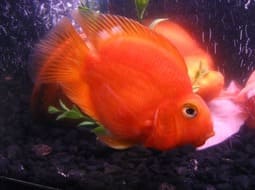
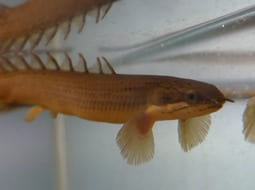
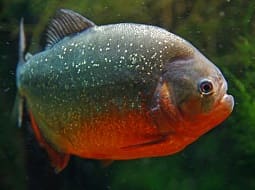

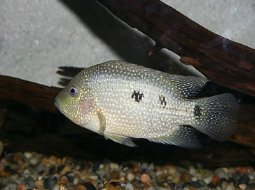
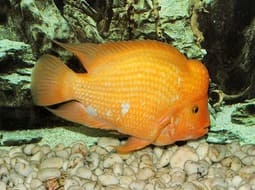
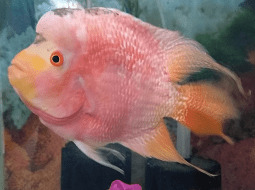
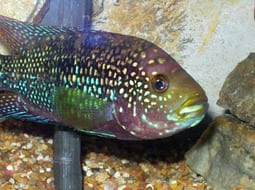
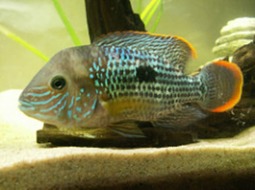
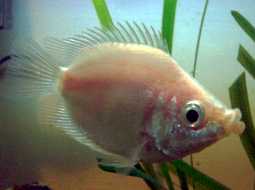

.jpg)
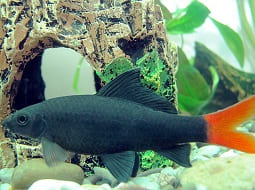
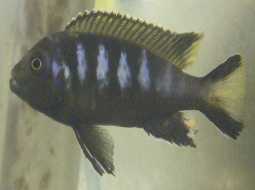


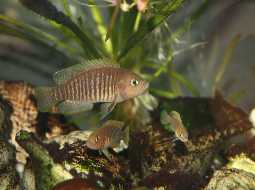

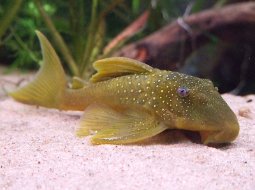


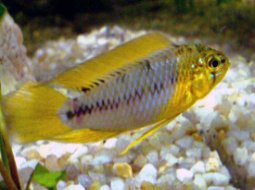
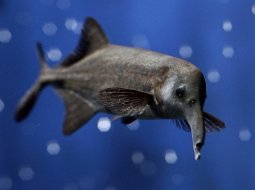
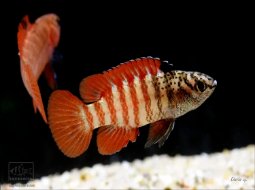
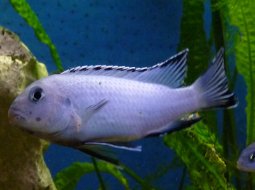

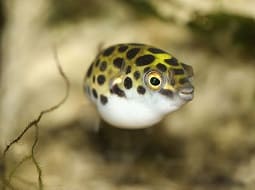
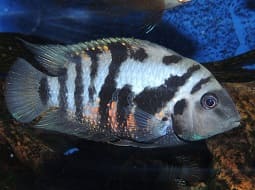
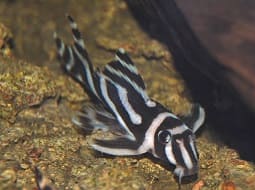
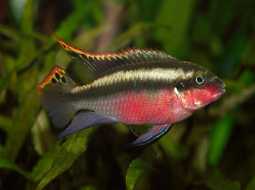
.jpg)
